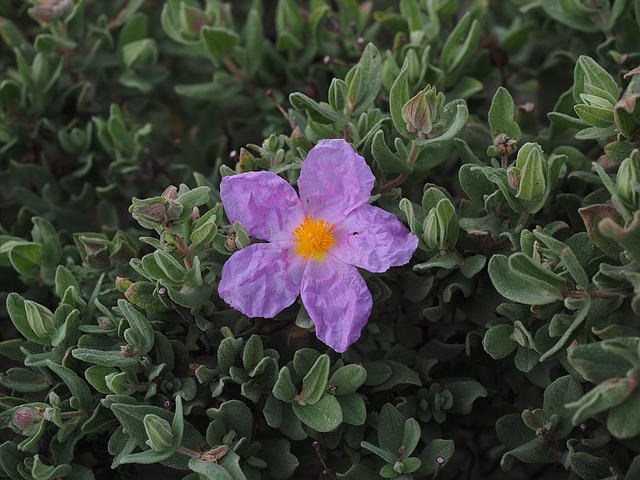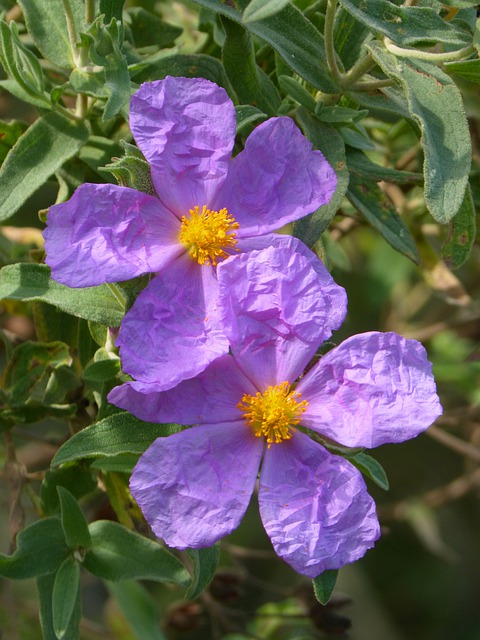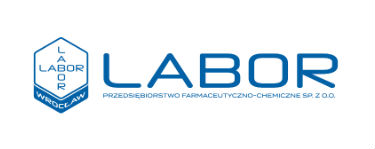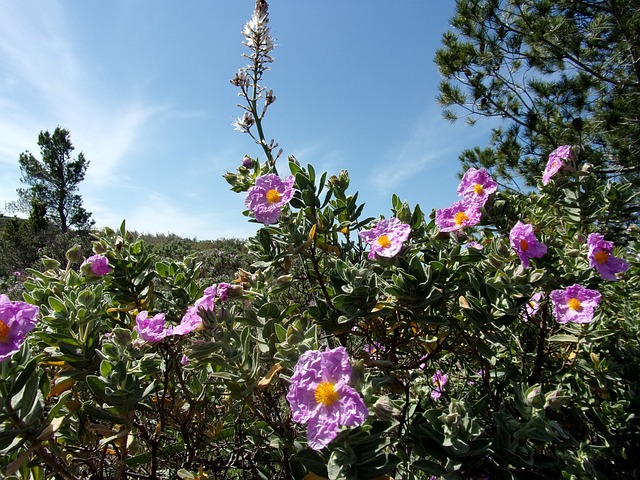Cistus (Cistus L.) – is a genus of over 50 species of shrubs belonging to the Cistaceae family. In fact, the variety is much greater because species of this genus easily interbreed to create new varieties. Most of them grow in the Mediterranean basin and in Western Asia, being an important component of the thickets growing on hills and open spaces, as well as the undergrowth of luminous oak forests. In Poland, we only meet cistus in cultivation.
https://pl.wikipedia.org/wiki/Czystek
The chemical composition of the cistus is not uniform within the whole genus, but the dominant groups of compounds with potential pharmacological activity are polyphenols, flavonoids, phytosterols, mucilages, tannins and, in some species, essential oils and resins.
From one of the cistus species, – Cistus ladanifer L., Labdanum was obtained, which is a crude gum resin, in the form of a brown mass, with a strong, specific balsamic smell. It was a substitute for a very expensive ambergris. It is still used for a similar purpose by the perfume industry.
Until the beginning of the 20th century, labdanum was used for dressings, as well as for making tinctures, ointments and pills. It was used in the treatment of colds and other respiratory diseases, as well as menstrual disorders and even hysteria. It has a slight analgesic, expectorant, disinfecting, coating, stimulating menstruation, anti-neurosis, cholagogue and anti-inflammatory properties.
Despite the multiplicity of cistus, marketing materials and advertisements usually do not indicate the species of the product being sold.

In recent years, a lot of preparations containing cistus have appeared on the market. Most often they are teas and infusing herbs marketed as dietary supplements.
In numerous advertisements, the producers of these preparations write about the various, and always very beneficial, effects of this plant.
It is emphasized that cistus:
? inhibits the development of inflammation
? fights microorganisms (including fungi)
? improves the condition of the skin
? helps in the fight against acne
? dissolves blockages and clots (!!!)
? prevents ischemic heart disease (!!!)
? cleanses the body of toxins
? neutralizes free radicals (and radicals cause many diseases, including cancer),
? strengthens the body, improving the functioning of the immune system,
? reduces the level of bad cholesterol,
? has antiallergic properties by inhibiting the release of histamine
As you can see, advertisements and marketing publications contain information about the possibility of treating very serious diseases. It would seem, therefore, that such indications and information should be supported by the results of clinical trials published in peer-reviewed scientific journals. Unfortunately, there is very little such research. The publications of the results of in vitro studies on cell models, tumor cell lines and selected strains of microorganisms prevail. There are also published results of studies carried out on animals with a different metabolism, e.g. rats, ruminants or mice.
Citing such publications as evidence of cistus pharmacological activity and effectiveness in the treatment of various, often serious, diseases is, in my opinion, an overinterpretation. Sometimes, when reaching the source of duplicated information, finally recognized as generally known truth, you can get a shock that it comes from an abstract, or it was never fully published, or even worse – it comes from a short message.

Everything must be approached wisely, looking at the concentration of the substance in the plant, then in the preparation obtained from it, the method of administration, interactions and a number of other factors that may affect the operation of the preparation.
On the other hand, we have a documented, centuries-old use of this plant and this knowledge cannot be ignored. Modern research on the properties of plants, in fact, in most cases confirms the sense of their use in medicine.
Thus, when using cistus, one should believe in its beneficial, in some ailments, action, without succumbing to advertisements presenting it as a panacea effectively treating all possible and impossible diseases.
Prepared on the basis of: https://rozanski.li/3389/rozmyslania-nad-czystkiem-cistus/
AUTHOR: Dr n. farm. Andrzej Tarasiuk




